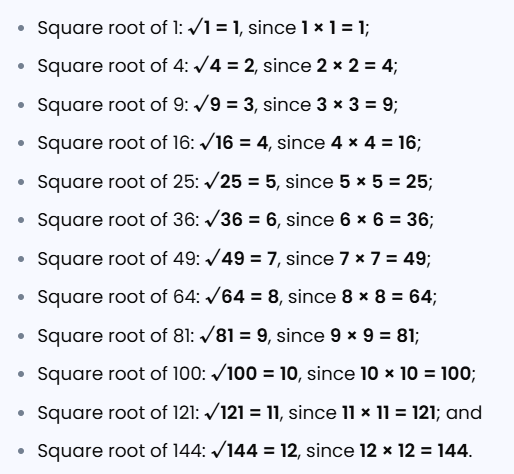 Home
Home
 Back
Back

Definition: This calculator computes the square root of a given number, providing both the numeric value and the simplified radical form. It also identifies if the result is imaginary for negative numbers.
Purpose: It helps users find the square root of a number and simplify the radical expression, useful in mathematics, physics, and engineering applications.
The calculator computes the square root of a number as follows:
Steps:
Square roots are important for:
Example 1 (Non-Perfect Square): Find the square root of 18:
Example 2 (Perfect Square): Find the square root of 25:
Q: Why does the calculator show imaginary results for negative numbers?
A: The square root of a negative number is not a real number but an imaginary number (e.g., \( \sqrt{-4} = 2i \)), as real numbers cannot produce a negative result when squared.
Q: What does simplifying a square root mean?
A: Simplifying a square root involves extracting perfect squares from the radicand, reducing it to the smallest possible value (e.g., \( \sqrt{18} = 3\sqrt{2} \)).
Q: How does the calculator compute the numeric value?
A: It uses a built-in mathematical function to compute the square root, providing a decimal approximation rounded to 4 decimal places.